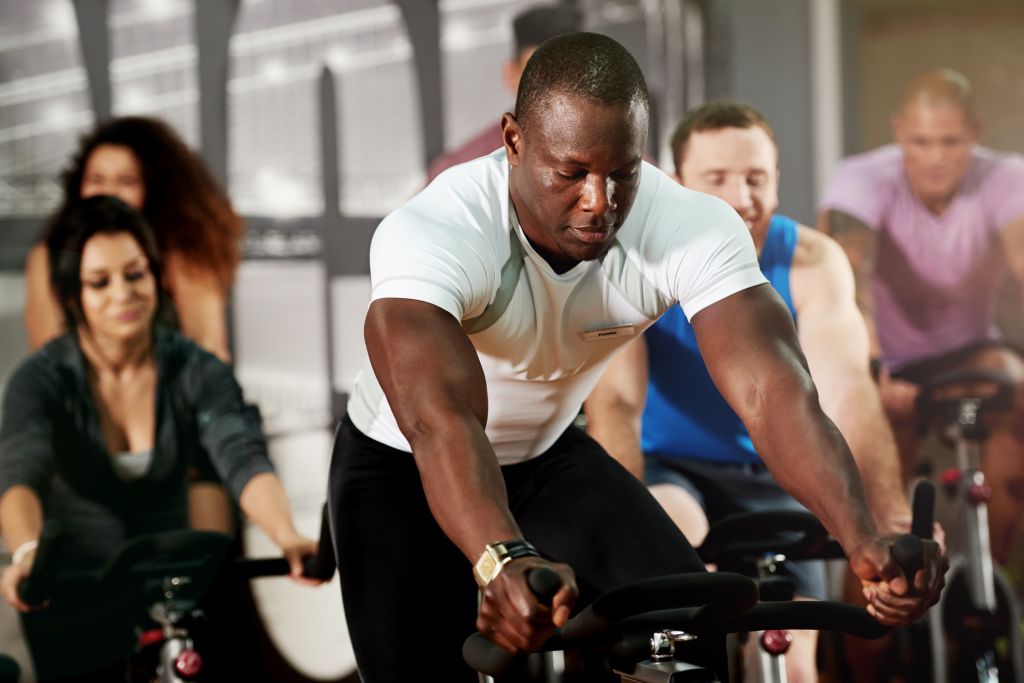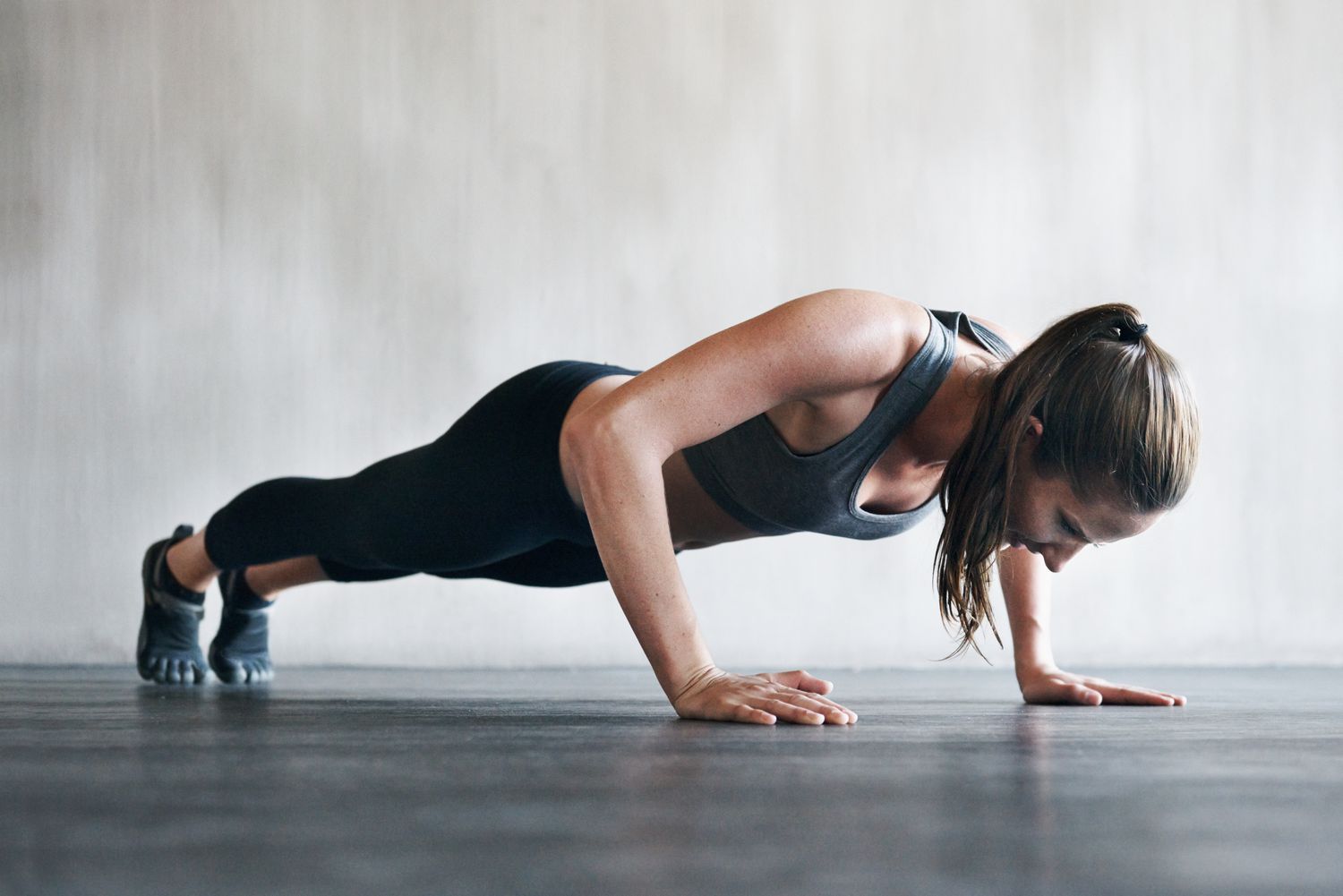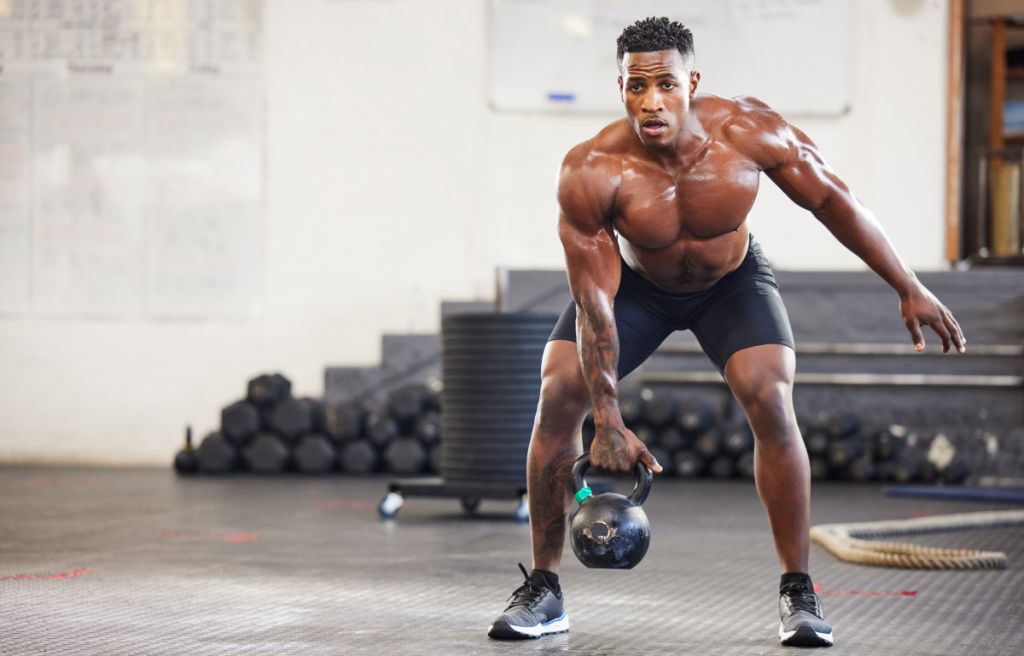Functional training has grown in popularity within the fitness community, and for good reason. It’s not just about lifting heavier weights or running a faster mile; it’s about improving the way you move every single day. Whether you’re picking up groceries, playing with your kids, or even climbing stairs, functional training helps you enhance your strength, balance, and coordination to perform these tasks more efficiently and safely. This article dives into what functional training is, its key benefits, and why it might be the game-changer your fitness routine needs to improve your daily life.
What is Functional Training?
At its core, functional training focuses on movements that mimic real-life activities. Unlike traditional gym workouts that often isolate specific muscles, functional training emphasizes multi-joint and multi-muscle exercises that replicate motions you perform daily. This could mean improving how you bend, twist, lift, squat, push, or pull. Think about exercises like lunges, kettlebell swings, or even farmer’s carries. These aren’t just gym movements; they echo day-to-day physical demands, making your body more adept at handling them.
Born from rehabilitation practices, functional training was initially used to help patients recover from injuries by regaining mobility and strength for everyday tasks. Today, it’s embraced across the fitness world, from casual gym-goers to elite athletes, as a practical and effective approach to overall fitness.
Improved Everyday Strength and Mobility
One of the standout benefits of functional training is how it enhances your strength and mobility for daily tasks. Ever struggled to lift a heavy box off the floor? Functional training exercises like squats and deadlifts train your body to move optimally during such activities. By engaging multiple muscle groups and improving core stability, these exercises help you build strength that translates into real-world functionality.
Additionally, this style of training often prioritizes mobility, which is the ability to move through a full range of motion without pain. For example, overhead presses simulate putting a heavy box on a shelf, while hip hinge exercises mimic the motion of unloading a dishwasher. The result? Performing these activities feels more natural and less taxing on your body.
Injury Prevention
Functional training doesn’t just help you move better – it helps you move smarter. Everyday movements, when performed incorrectly, can lead to injuries over time. From lower back pain caused by poor lifting posture to knee strains from improper squatting mechanics, your body is at risk if foundational movement patterns are weak.
Because functional training focuses on balanced muscle development and body alignment, it strengthens your ability to perform repetitive tasks safely. Common exercises like planks and single-leg stability drills teach your body how to activate supporting muscles, reducing the strain placed on vulnerable joints. With your body functioning more efficiently, you’re less likely to experience aches, pains, or injuries.

Enhanced Balance and Coordination
An underappreciated benefit of functional training is the improvement in balance and coordination. These two elements are often overlooked in standard gym routines, but they are vital for long-term fitness and wellbeing.
For instance, single-leg exercises and rotational movements challenge both your stability and coordination, forcing you to rely on core strength and proprioception (the ability to sense your body’s position). Imagine standing in line at the grocery store with an uneven load of shopping bags. Functional training ensures your body can handle such moments without struggling. Beyond convenience, this improvement in balance significantly reduces the risk of falls, particularly as you age.
Boosts Core Stability
Ask any fitness professional the key to better movement, and you’ll likely hear one word repeatedly: core. Functional training places a heavy emphasis on core stability by involving core engagement in nearly every exercise, whether you’re doing kettlebell swings, pushing a weighted sled, or performing standing cable presses.
But “core” doesn’t just mean abs. It includes everything from your obliques and lower back to your glutes and pelvic muscles. A strong core not only improves posture but also contributes to better overall biomechanics, allowing your body to move more efficiently as a unit. Whether you’re seated at a desk or sprinting toward a finish line, a stable core enhances every aspect of your daily life.
Greater Flexibility and Posture
Many people find themselves sitting at desks for hours, which can lead to tight hips, stiff shoulders, and poor posture. Over time, this posture-related rigidity impacts mobility and increases the risk of musculoskeletal issues.
Functional training places a massive focus on flexibility. Movements like dynamic stretches, yoga-inspired exercises, and mobility drills work on elongating tight muscles while strengthening weaker ones. This balance creates improved posture over time, relieving aches and pains associated with sitting or repetitive motions. When your body is aligned correctly, you’ll also experience a newfound ease in everything from standing up to long walks.
Increased Calorie Burn and Fitness Versatility
Unlike static weightlifting exercises, functional training often incorporates compound movements and dynamic sequences that elevate your heart rate. This combination of strength and cardio leads to a higher calorie burn during workouts and after, as your body recovers.
For those pressed for time, functional training is a powerhouse. Movements like burpees, sled pushes, or kettlebell circuits offer a full-body workout in less time compared to traditional isolation exercises. Not only do you become stronger, but you’re also building stamina and cardiovascular health along the way. This versatility makes it an appealing option for people with packed schedules.
How to Incorporate Functional Training into Your Routine
If you’re new to functional training, start by focusing on basic movements that target your largest muscle groups. Include exercises like squats, pushups, lunges, and planks in your routine. Using equipment like resistance bands, kettlebells, and stability balls can also add variety and challenge to your training.

Seek guidance from a certified trainer if you’re unsure about proper form or exercise selection. Gradually increase the intensity or complexity of your movements as your strength improves. Remember, even small adjustments, like performing exercises on one leg or incorporating rotational components, can make your workout feel fresh and challenging.
A Practical Fitness Revolution
Functional training isn’t just a trendy buzzword in the fitness world. It’s a practical, effective approach to improving your quality of life, inside and outside the gym. By mimicking real-world motions, this style of training ensures your body is capable of handling the demands of everyday life with more strength, balance, and confidence.
Whether you’re lifting a child, climbing stairs, or simply aiming to move without pain, functional training sets the foundation for better living. Begin small but stay consistent, and the results will speak for themselves.

